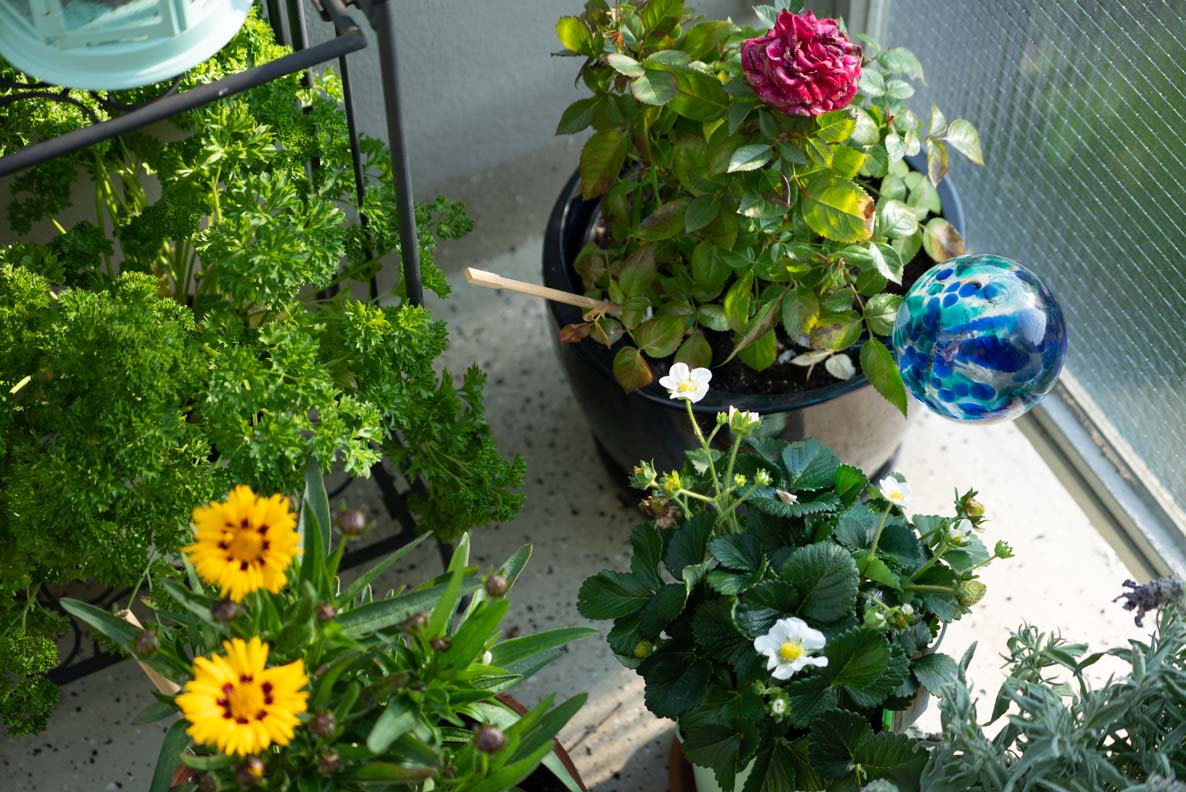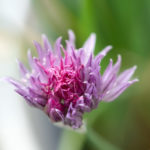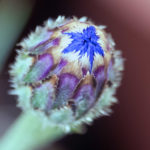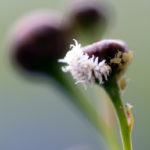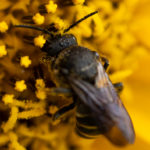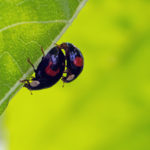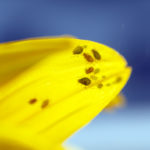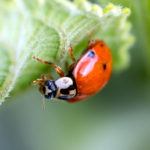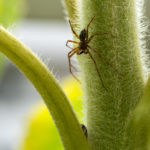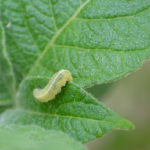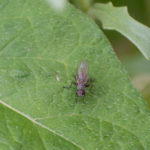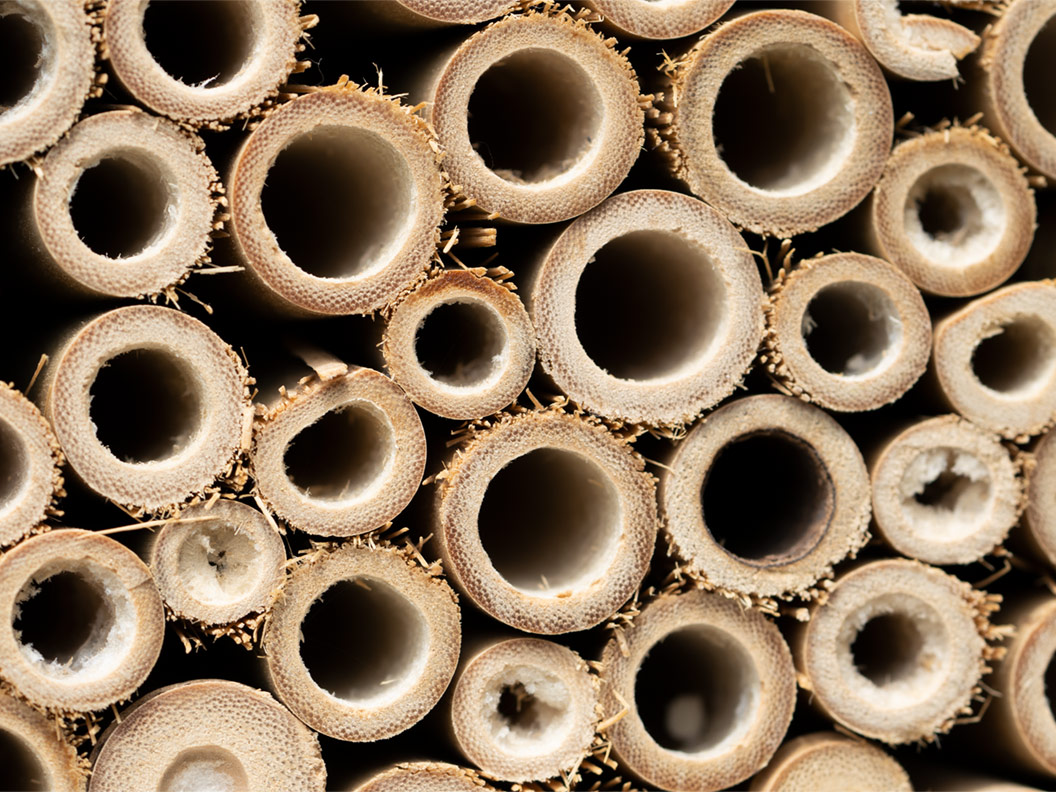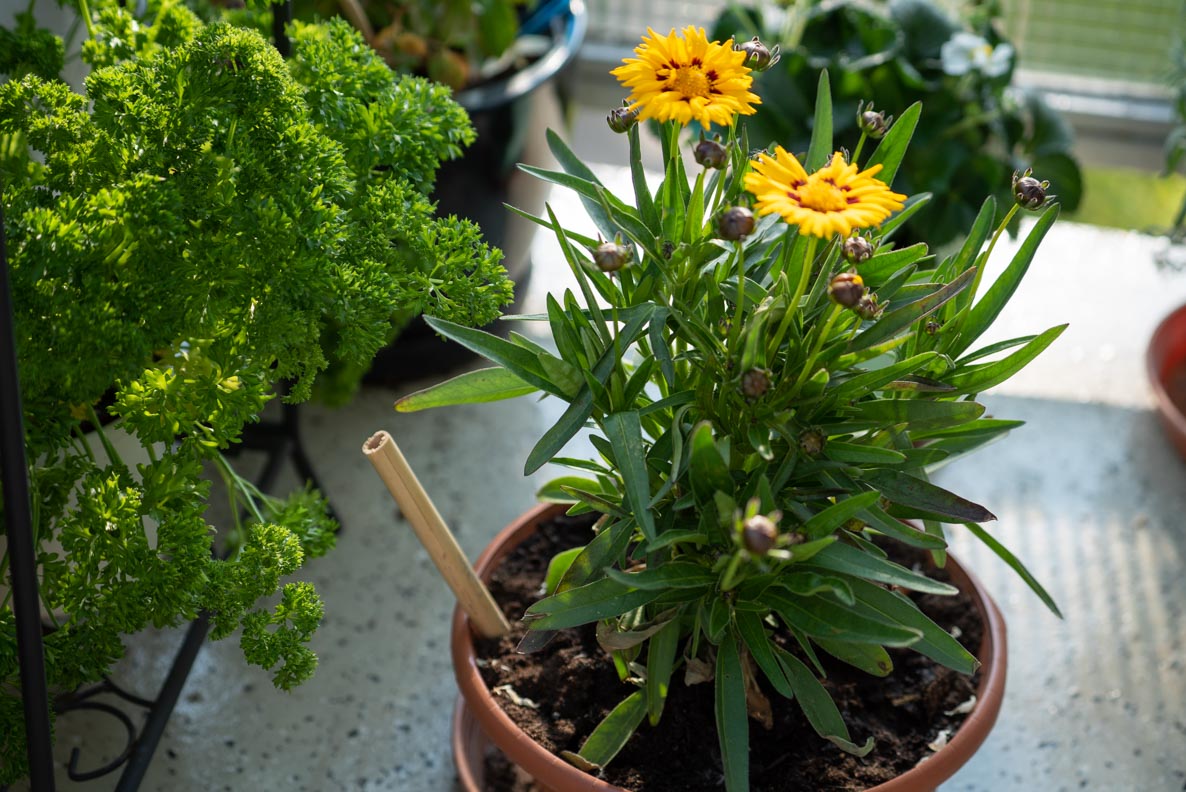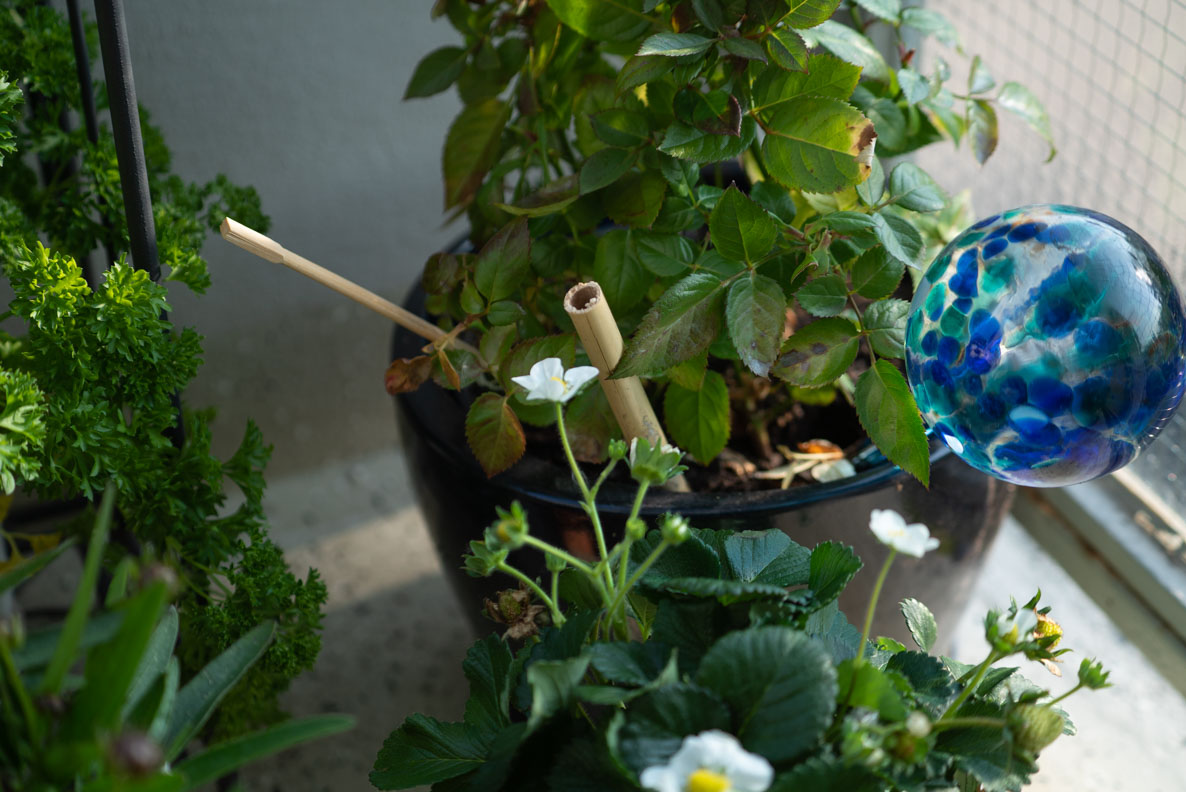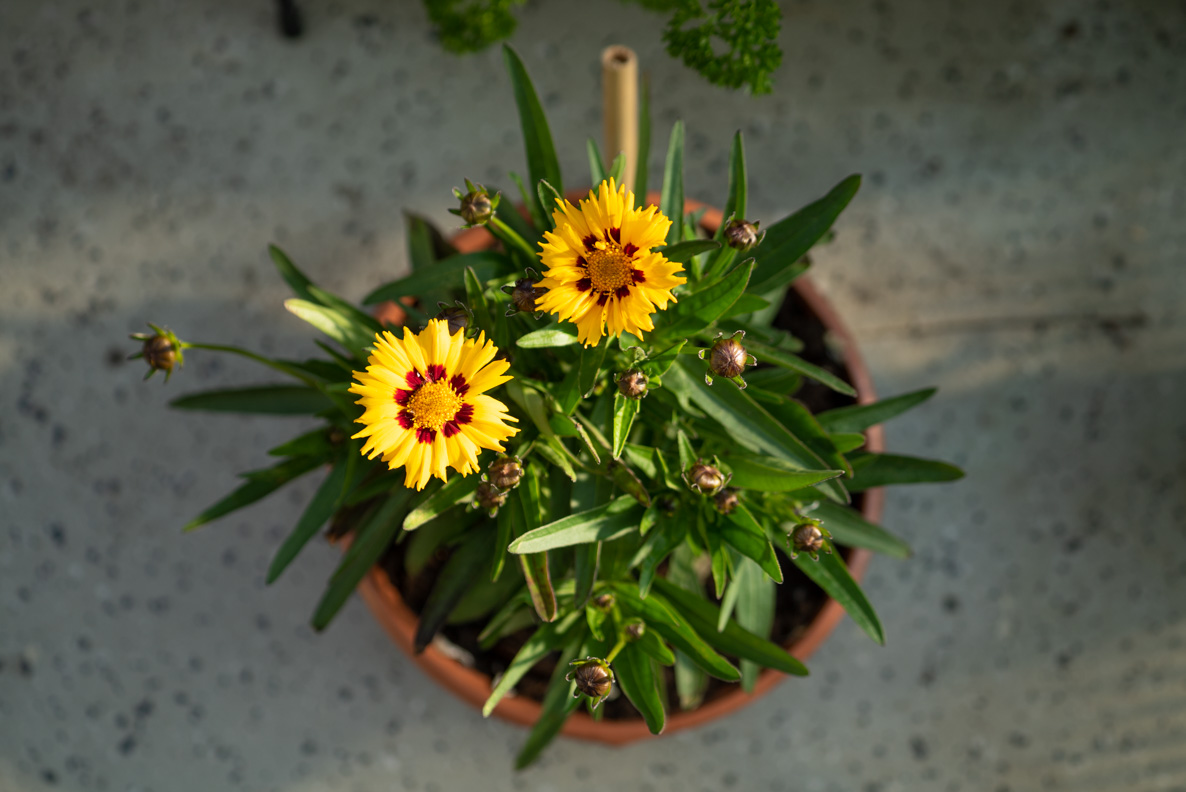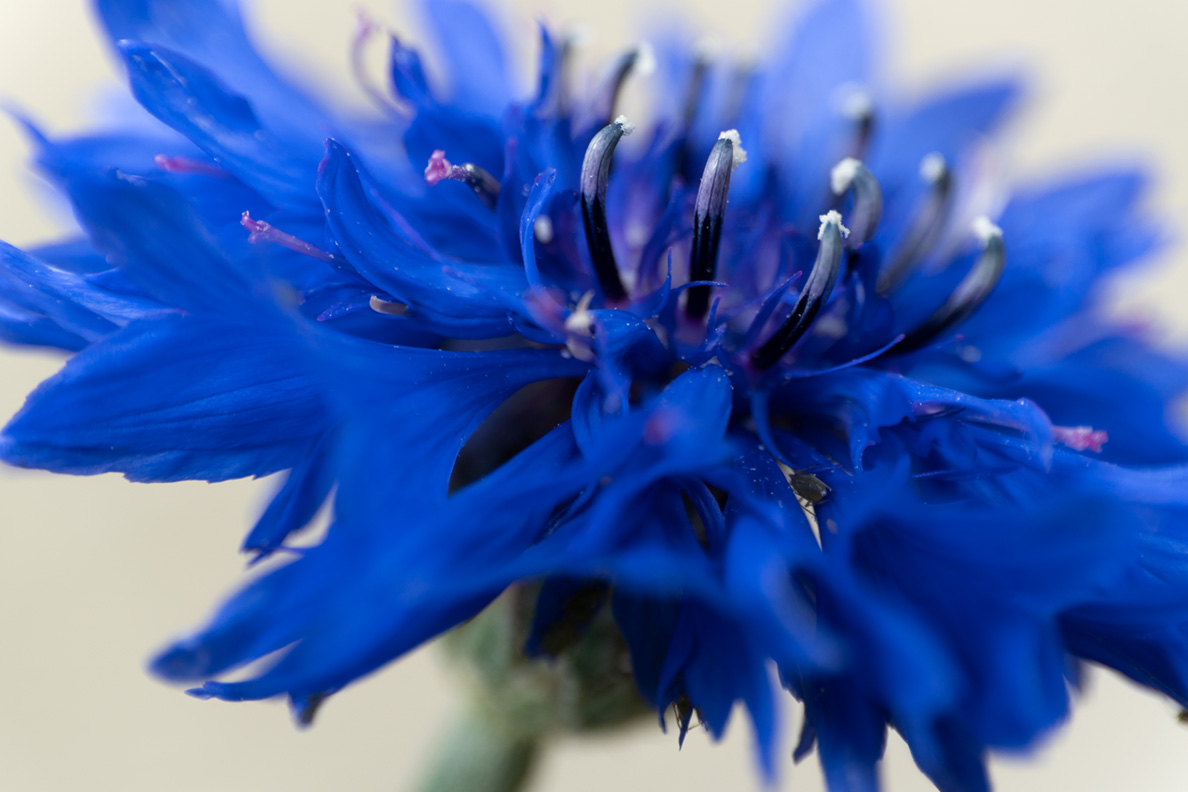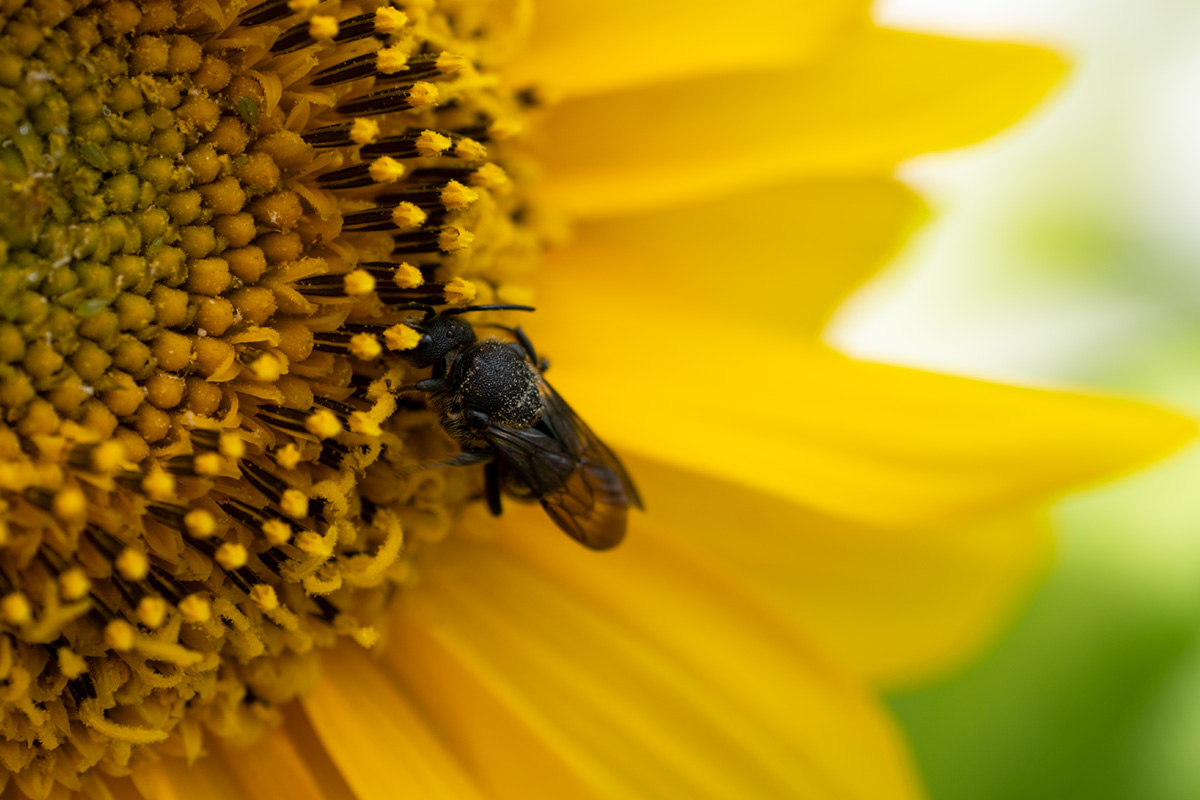
Bee-friendly balcony: tips for choosing plants, creating bees a home, and more
Not everything was better back in time, of course. Some things, however, definitely were better. We had more bees and insects in general, for example. Insects are very important for our ecosystem, but things like environmental pollution, urbanization, monocultures, and excessive fertilization make it hard for them to find food and habitat. So what can we do to help the bees and insects? Quite a few things, in fact. We can start with ourselves. In this blogpost, I want to show how I made my city balcony bee- and insect-friendly. This is not only good for the environment; my balcony now also looks great.So let’s have a look on how to create a bee-friendly balcony.
Bee-friendly Balcony: Some easy Recommendations
In cities, it is especially hard for bees, butterflies, and other insects to find food and shelters. With only some easy steps, though, you can create a bee-friendly balcony which might even become the home of different insects.
Bee-friendly Plants & Flowers
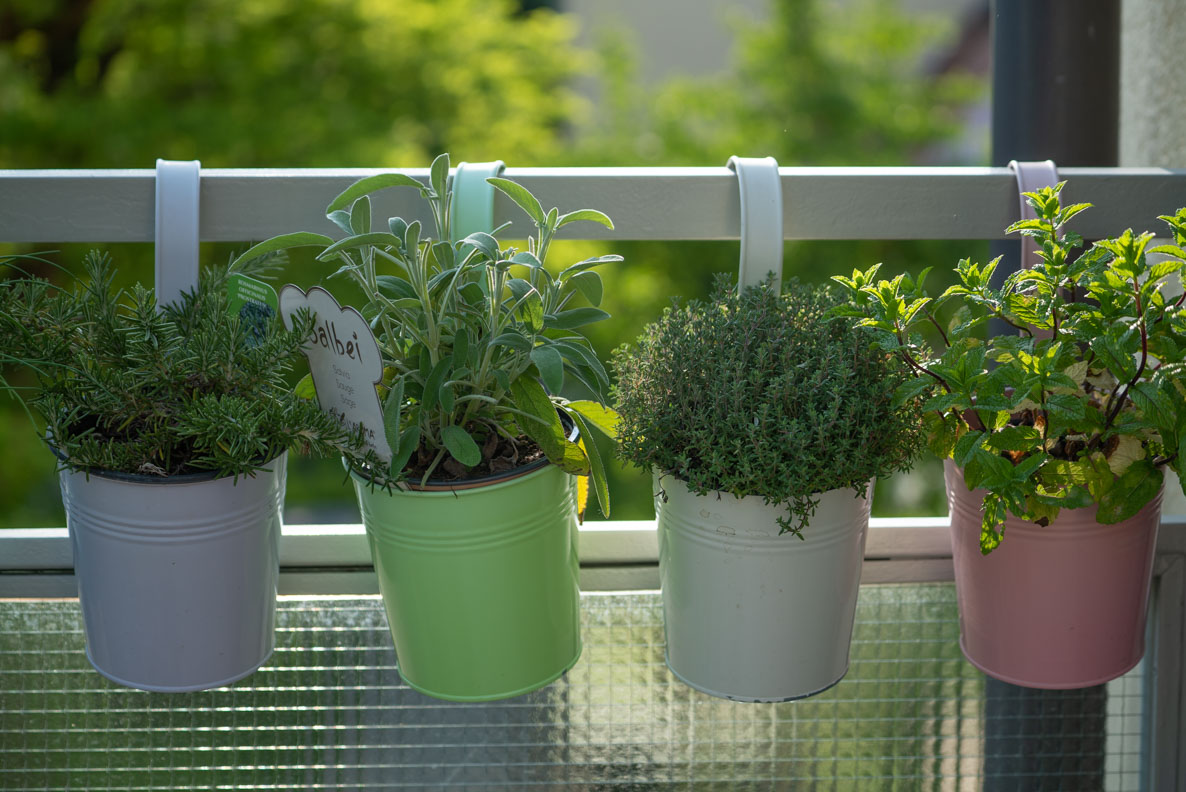
Flowers like roses, or petunias might look pretty, and their smell might even attract bees, they don’t provide a lot of food for them, though. In gerneral, one can say single petaled flowers (they only have one ring of petals) provide more nectar and pollen than double petaled flowers, and are therfore better for a bee-friendly balcony. Here are some specific recommendations for bee-friendly plants:
- Different sorts of regional wildflowers attract bees and many other useful creatures. Since the bee deaths were a huge topic in Germany at the beginning of this year, garden centres sell many different sorts of wildflowers and wildflower seeds, here. I hope you can find such flowers easily in your country as well.
- Some other bee-friendly flowers are: lavender, nasturtium, hibiscus, sunflowers, and marigolds, to name only a few beautiful examples. Local flowers are better for your local insects than other, by the way!
- Herbs are not only tasty for humans, but, as soon as they start to bloom, also for bees. Some examples for tasty and bee-friendly herbs are:
- Basil
- Thyme
- Sage
- Oregano
- Rosemary
- Savory
- If your balcony has enough space, you might also plant some vegetables and fruits like tomatos or strawberries, for example. First, the blossoms are delicious for the bees, and then, the fruits are delicious for us – a win-win situation.
Affiliate links
Bee-friendly Balcony: What else to keep in mind when choosing Plants
Bees like a varied offer of food, just as we do. So please also keep in mind:
- The more variety you offer them, the better. I, for example, chose some bee-friendly flowers, different sorts of herbs, tomatos, and strawberries.
- Of course, bees need food all year round and not only a few weeks. So plan for year round blooming of flowers and try to plant flowers that bloom season by season, so the insects on your balcony are going to find enough food from early spring to fall (and even winter if you live in a region were bees also live in winter).
Some Insects I found on my Balcony:
Bee-friendly Balcony: Provide water for the Bees & Insects
Bees get thirsty as well. So if possible, build them a watering place. This actually is quite easy. The only things you need are a flat bowl which you can fill with water and some stones, moss and/or branches, where the bees and other insect can land savely. I, for example, used an old saucer as well as a few stones and branches for my watering place – that’s it. Now, the only thing you have to do is to make sure your watering place always has enough water.
Bee-friendly Balcony: Provide Shelters for the Bees
With a receding natural habitat, bees often struggle to find shelters, especially in cities. The good news: You can help those homeless bees! You can either buy a so called insect hotel, or you build them shelters with the help of different, natural things:
- Some bees like to hide in the blossoms of flowers like bluebells, herb Robert, or malvas.
- You can also offer them shelters in form of bamboo stems, for example.
Make sure, to place your shelters at a place where the bees can easily enter the shelter, but are still save and protected from rain, and wind. It is also important, that the bees find nectar and pollen near the shelter.
Affiliate links
Bee-friendly Balcony: What else to keep in mind
- Avoid using harmful pesticides and fertilizers on your balcony. I personally don’t use any pesticides at all. Mother nature can do most of the things by herself. Ladybugs, for example, eat aphids.
- Take care of your plants, so that they will live long and provide enought nectar and pollen for the bees.
Affiliate links
For everyone who doesn’t have a Balcony:
You don’t necessarily need a balcony to help the bees. If possible, you can even plant some flowers or herbs with the help of an appropriate windowbox on your windowsill, or place an insect hotel underneath your windowsill.
Another way to help the bees is to plant bee-friendly flowers in nature, your parents’ or friends’ garden, or wherever you find a suitable place.
By now, my balcony is a green oasis not only for the bees, but also for me. All the green makes me so happy whenever I look outside my window. Furthermore, I soon will be able to pick my very first own tomatos, and my salads taste so much better with all the delicious herbs from my balcony. It needed some time until the first bees discovered my balcony, by the way. But now, I have many regular visitors and also some residents. 😉
Do you have more tips for a bee-friendly balcony? Please share them with us in a comment!
